The "warriors" with congenital hemolytic disease (Thalassemia) treated at the Thalassemia Center at the National Institute of Hematology and Blood Transfusion have been courageously rising up in life thanks to the empathy and companionship of doctors, nurses and those who light the fire of love in the community...
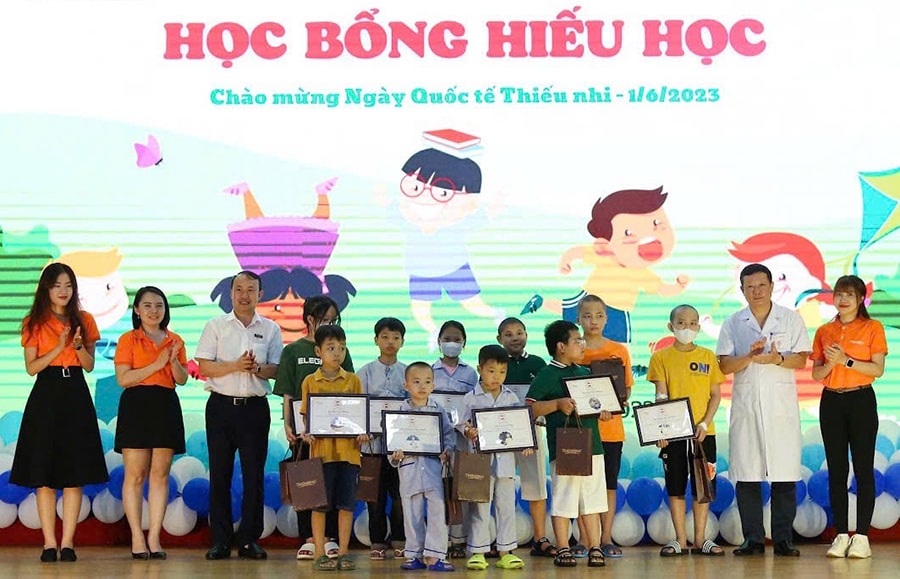
The brave "warriors"
I met Ms. Duong Bich Ngoc on the day she and her child went to the National Institute of Hematology and Blood Transfusion for treatment. Ms. Ngoc confided that for 17 years now, she and her child have been fighting against congenital hemolytic anemia (Thalassemia - a genetic disorder that causes chronic anemia). A few months after giving birth to her son Nguyen Duong Hung, she saw that he had unusual symptoms, so she took him for a check-up and discovered that he had Thalassemia, which meant that she also had the disease because it is a genetic disease. The burden of a sick wife and child could not hold her husband back. Her husband and she divorced, leaving her alone to raise her young child. There were times when she felt down and thought she would collapse, but her son was the support for her to stand up and continue her journey against the disease.
Since 2008, Ngoc and her children have been going to the National Institute of Hematology and Blood Transfusion once a month for treatment. In an "Online Propaganda" writing contest organized by the Association of Hemolytic Diseases and the National Institute of Hematology and Blood Transfusion, Ngoc wrote from the bottom of her heart: "To outsiders, it may seem like a long series of days in the hospital, with medicine and worries. But to me, it is a journey filled with memories, where tears fall not only because of pain but also because of emotion, love and hope. The hospital is no longer a scary place like it was in the beginning, but has become a second home, where my children and I meet friends in the same situation. Here, we share warm wishes and rare moments of peace amidst the storm of illness."
As for Nguyen Duong Hung, Ngoc's son, Hung has long considered thalassemia an unwanted companion. Hung said: "I was diagnosed with the disease when I was only 9 months old. Since then, my life has been associated with trips to the hospital, countless blood transfusions and countless needle marks on my hands. I have severe Thalassemia, which means I have to have regular blood transfusions and take iron-removing drugs for life to avoid affecting my liver, heart, and internal organs... Also because of this disease, my mother has to take on all kinds of jobs, from typing, folding paper boxes to making votive paper..., to take care of my medicine, while people with the disease are in poor health and cannot do heavy work."
There are many stories similar to the situation of Duong Bich Ngoc and her children at the place where this terrible disease is treated. For example, Nguyen Thi Ha Giang (from Hung Yen province) is raising 3 young children alone, despite being seriously ill and having an unstable job. Currently, Giang is living with her parents and a younger brother who also has thalassemia. Difficulties piled on difficulties, but she has never let herself be discouraged or give up. She confided: "The volunteer activities at the Central Institute of Hematology and Blood Transfusion have made me more confident in the face of life's storms, knowing how to strive to overcome fate"...
Discovered in 1925, it is estimated that in our country there are currently about 200,000 people with Thalassemia. Deputy Director of the Thalassemia Center (Central Institute of Hematology and Blood Transfusion) Vu Hai Toan is concerned that to be completely cured, patients need stem cell transplants, but this is a huge problem not only for patients but also for medical facilities. In addition to medical expenses, patients also suffer countless other immeasurable losses and disadvantages.
Imagine, a child with Thalassemia will have to live with the disease for the rest of their life, each family will lose an adult to take care of the child, take the child to a medical facility for treatment. Meanwhile, a child with severe or moderate disease, every month must go to the hospital for blood transfusion and iron excretion... Thus, the child's parents no longer have time to work; and the children will also have difficulty keeping up with the school curriculum, making future career opportunities very difficult... Thus, the vicious cycle of oppression and oppression haunts them for the rest of their lives!
A place that lights up humanity from the smallest things
Living with thalassemia means that the Thalassemia Center (National Institute of Hematology and Blood Transfusion) becomes the patient's second home.
“For the past 15 years I have been attached to the hospital bed, and during that time I have felt the warmth of human love. I am grateful to my family for giving me life and unconditional love. I am also grateful to the doctors, nurses, and the silent angels in white who take care of us every day” - that is the heartfelt confession of Ms. Nguyen Thi Thu H., a patient from Hai Phong city.
If you have not been there, you will not be able to fully feel the affection of the “angels in white” here. But once you come, witness and listen to the Thalassemia patients speak, you will understand their sincerity.
Understanding the disadvantages of patients, doctors and nurses have given the best to patients. Therefore, the center has established all communication channels so that patients with rare blood types are informed early about their blood type and time to arrive at the hospital for treatment, from which the center prepares blood for patients in advance, so that when patients arrive at the hospital, they will have blood to transfuse immediately. "This preparation is not part of any process and there are no regulations requiring the center to do so. But we cannot bear to let patients waste time waiting and incur unnecessary costs. Whatever benefits the patients, we will do," Dr. Vu Hai Toan shared.
Caring for patients does not stop at professional work, but also in very simple, everyday things. That is the story of tea pots - a drink that helps limit the absorption of iron from food into the patient's body. Every day, the center prepares two pots of tea (about 80 liters) for patients to use with the sponsorship of benefactors. "We thank the center for caring for patients from the smallest things", patient Hoang Thi Hoan (from Yen Bai province) said emotionally.
Following and listening to the stories of the Thalassemia "warriors", we know that the Vietnam Thalassemia Association and the National Institute of Hematology and Blood Transfusion have brought joy to the patient community, helping them to have more determination in life. For many years, these two units have organized meaningful programs such as: "Make up for patients with thalassemia", Ao Dai contest, "Red Blood Cell Adventures" painting contest, "Online Propagandist" writing contest... From fresh flowers to decorate the contest, flowers to give to the winners; Ao Dai for patients, the program staff all go... begging. There are even programs that gather dozens of makeup artists, many singers, art experts, writers, journalists, MCs... to participate, to encourage and cheer patients to have more strength to fight the disease.
Also here, many humanitarian programs continue. In consecutive years: 2022, 2023, 2024, many programs, thanks to the help of benefactors, have awarded "Inspirational Scholarships", "Scholarships for Learning"... to sick children and children of sick people. Each scholarship awarded has encouraged children and parents to light up beautiful dreams for tomorrow.
And right at this moment, the Central Office of the Vietnam Hemolytic Association and the National Institute of Hematology and Blood Transfusion are launching the program "Loving Bag Scholarship", aiming to give 500 to 1,000 sets of school supplies to sick children and children of patients being treated at hospitals from the North to Nghe An province. The program originated from empathy when knowing that there are children who start the school year not with an opening ceremony, but with a blood transfusion schedule. There are children who have not had time to write their names on new notebooks, but have had to return to the hospital because their hemoglobin levels have dropped. And there are old school bags with worn straps and torn bottoms, which have been kept by the children for many years because their parents do not have enough money to buy new ones. In the eyes of those children, there is always a desire to go to school, to live like a normal child... The program does not accept money, only accepts gifts and encourages benefactors to send them directly to the recipients...
Patient Nguyen Thi Ha Giang (from Hung Yen province) whose child is about to enter first grade confided: “A new school bag is enough to light up the joy for my child to go to school like other children of the same age. The program “Loving Bag Scholarship” is truly meaningful before the new school year...”.
There are still many meaningful things that continue to be lit up in this common house to help Thalassemia patients reduce their hardships. The value of sharing, empathy, and understanding is highlighting the good things in the lives of the Thalassemia patient community.
According to a study from 2017, nearly 14% of the population nationwide carries the Thalassemia gene. The main treatment for Thalassemia patients is blood transfusion and iron chelation to manage complications. This is not a contagious disease and can be completely proactively prevented. Get Thalassemia screening before marriage and before birth, for the future and happiness of your family!
Source: https://hanoimoi.vn/lap-lanh-tinh-nguoi-duoi-mai-nha-thalassemia-708868.html


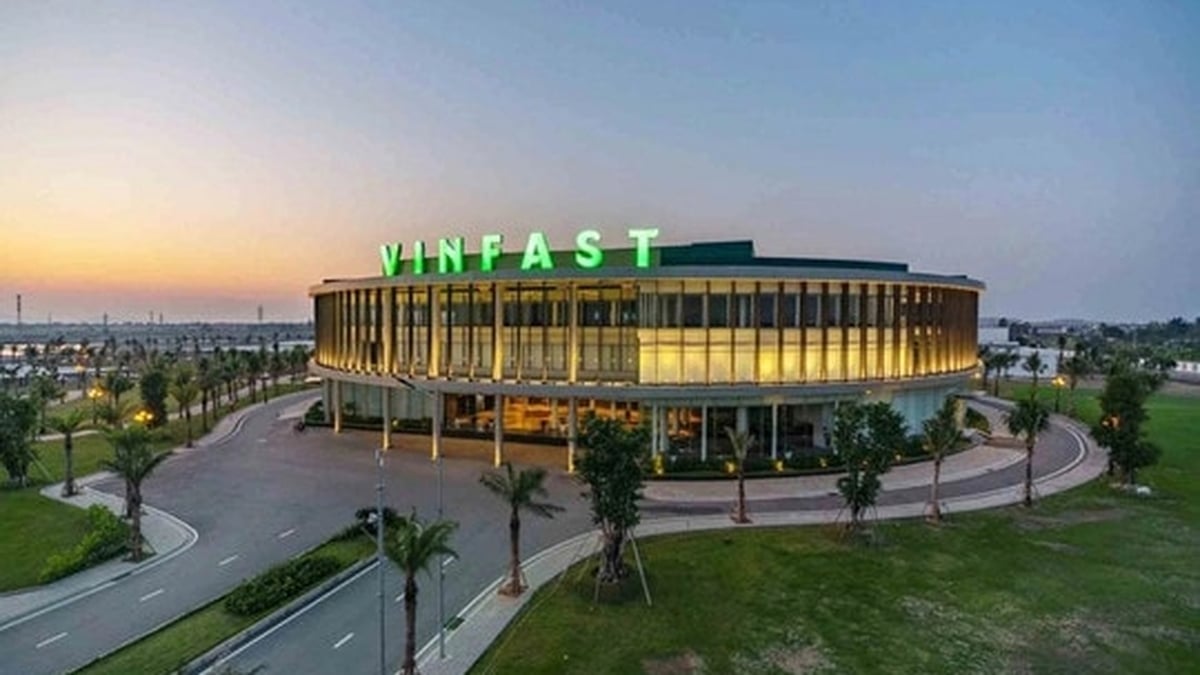
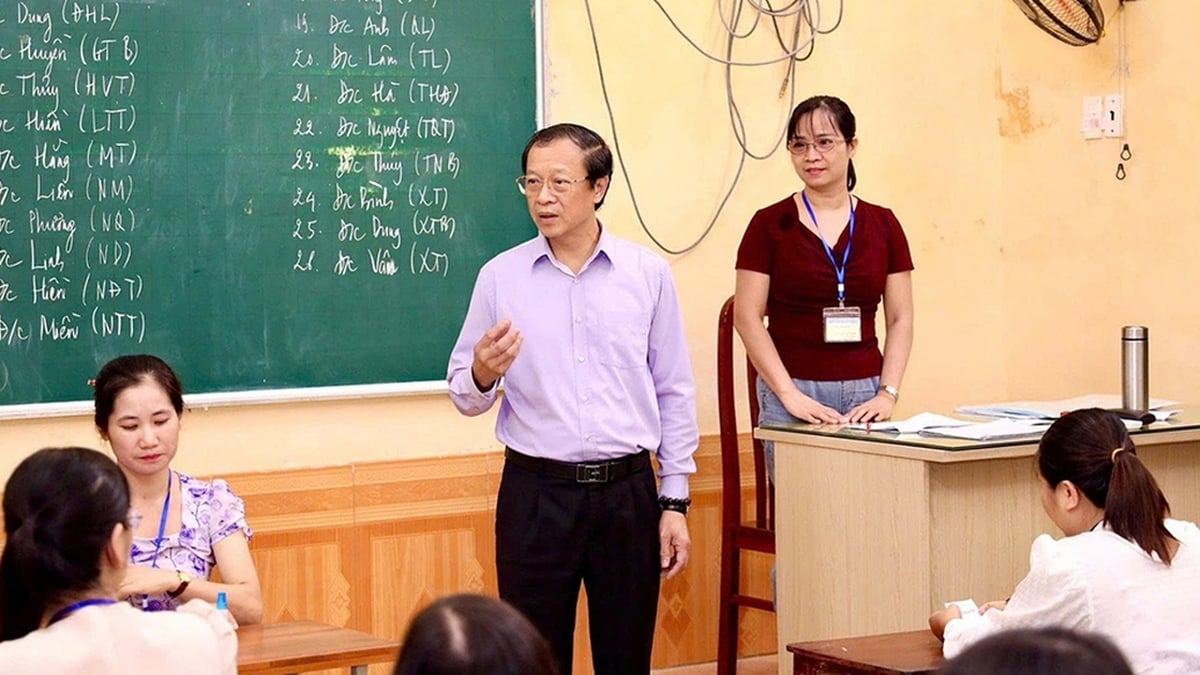
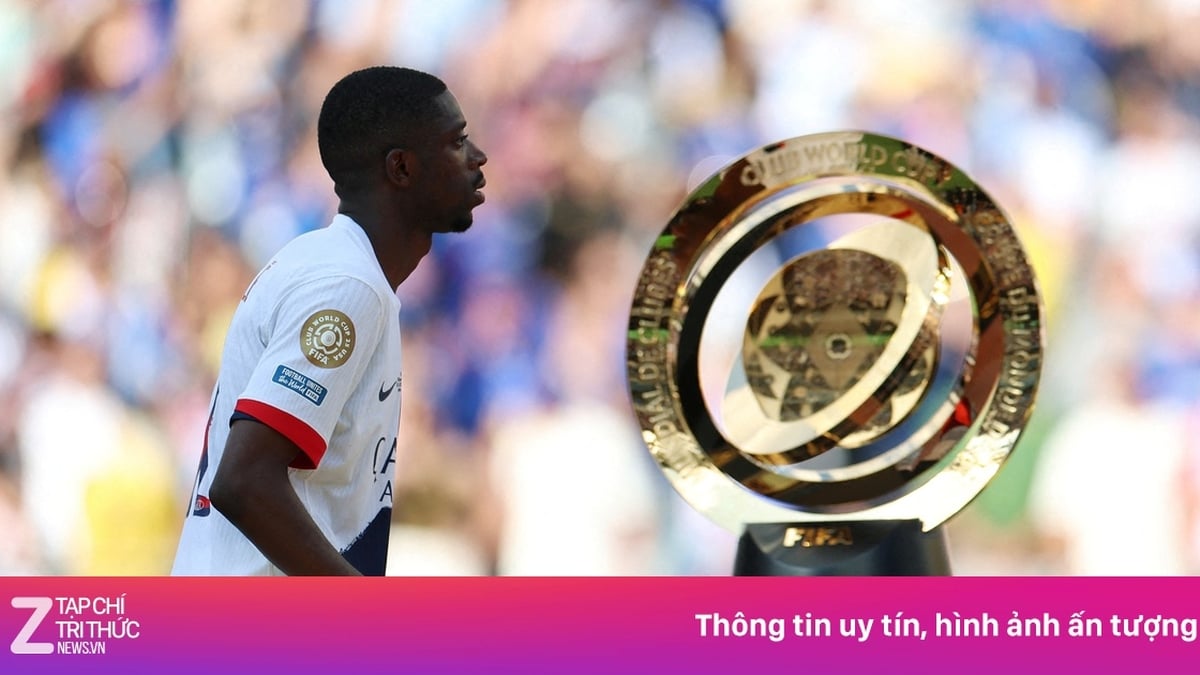
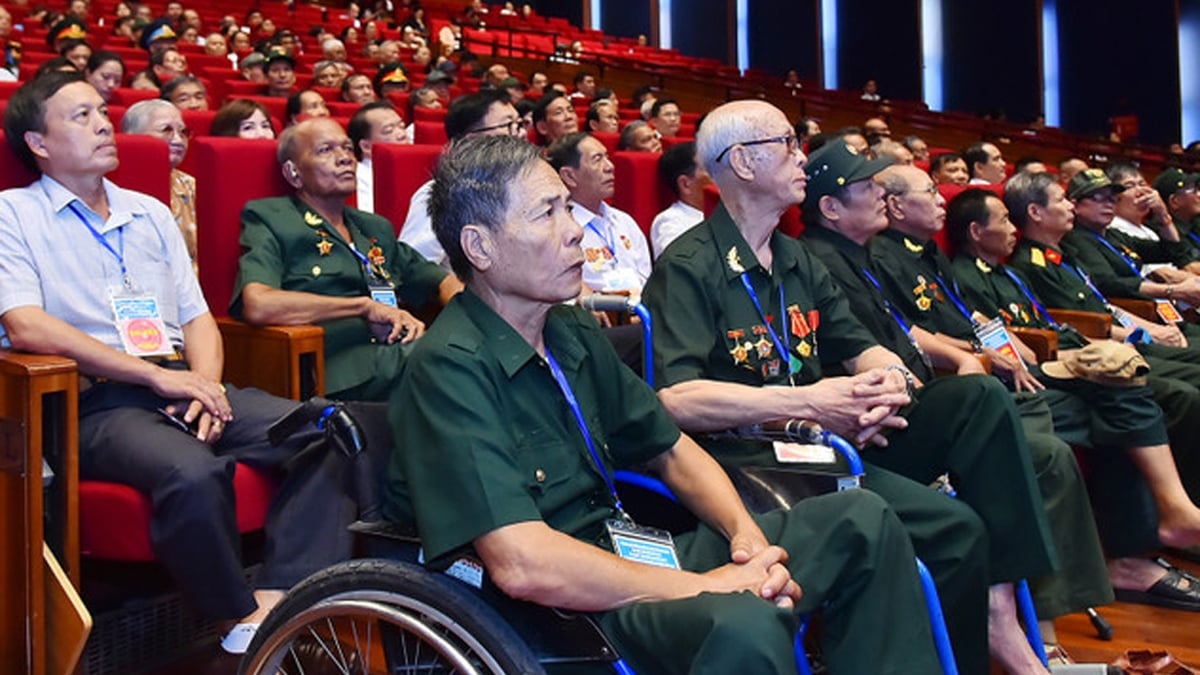

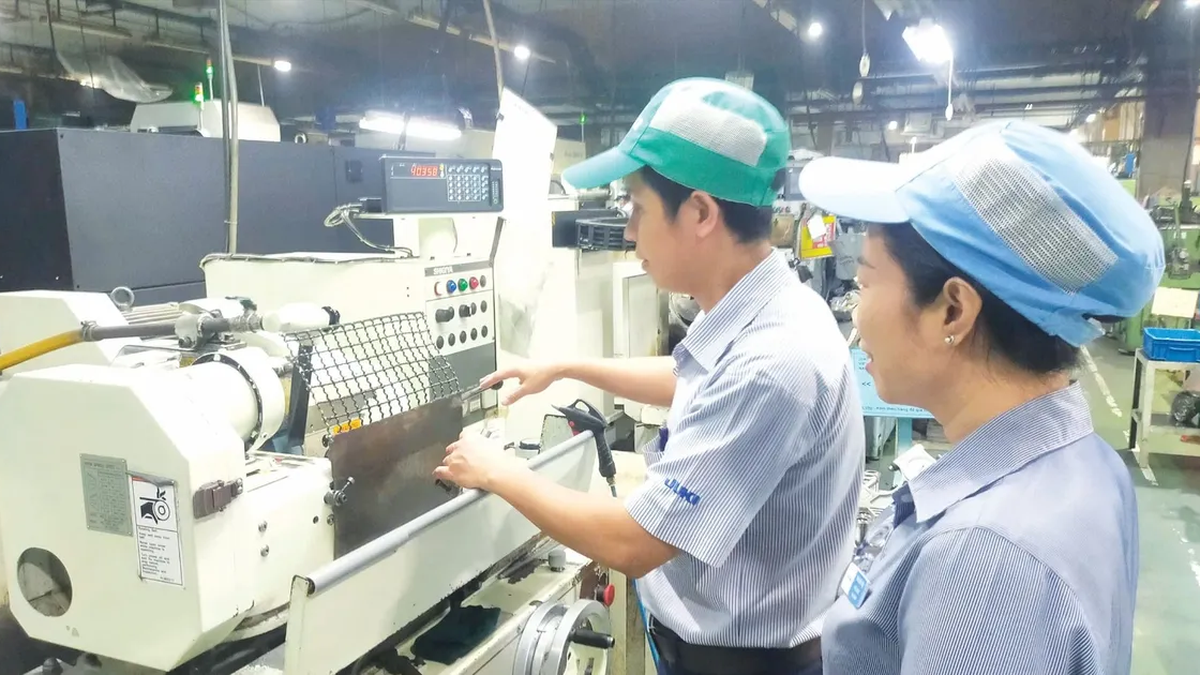
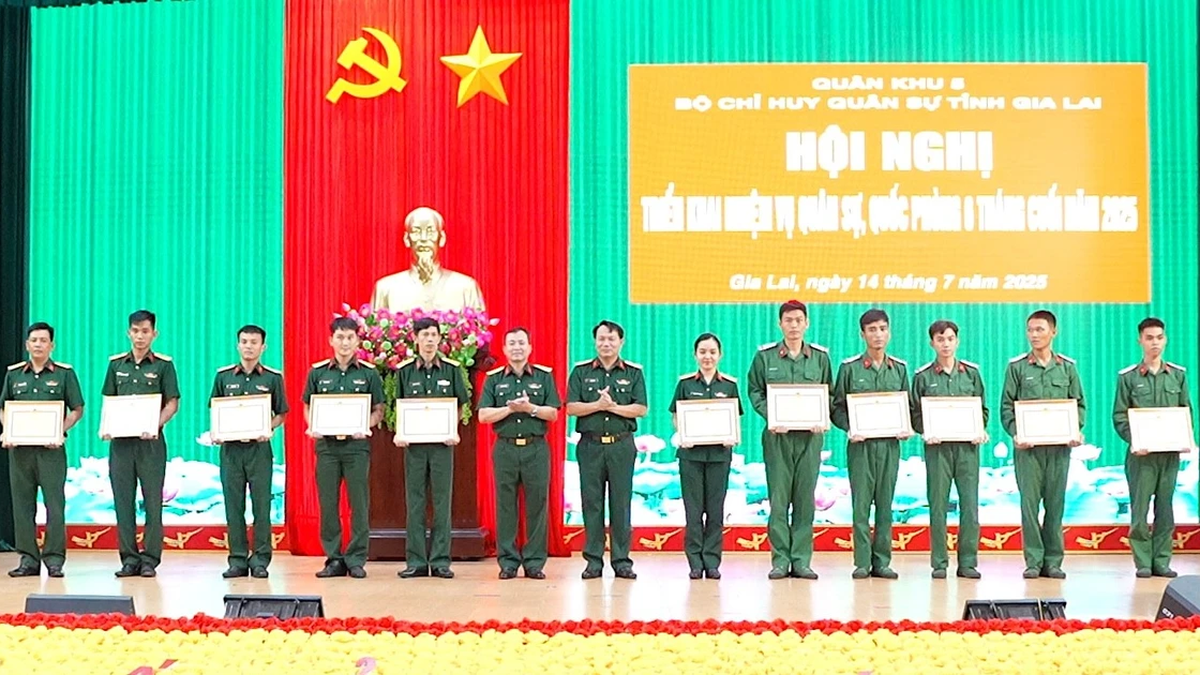

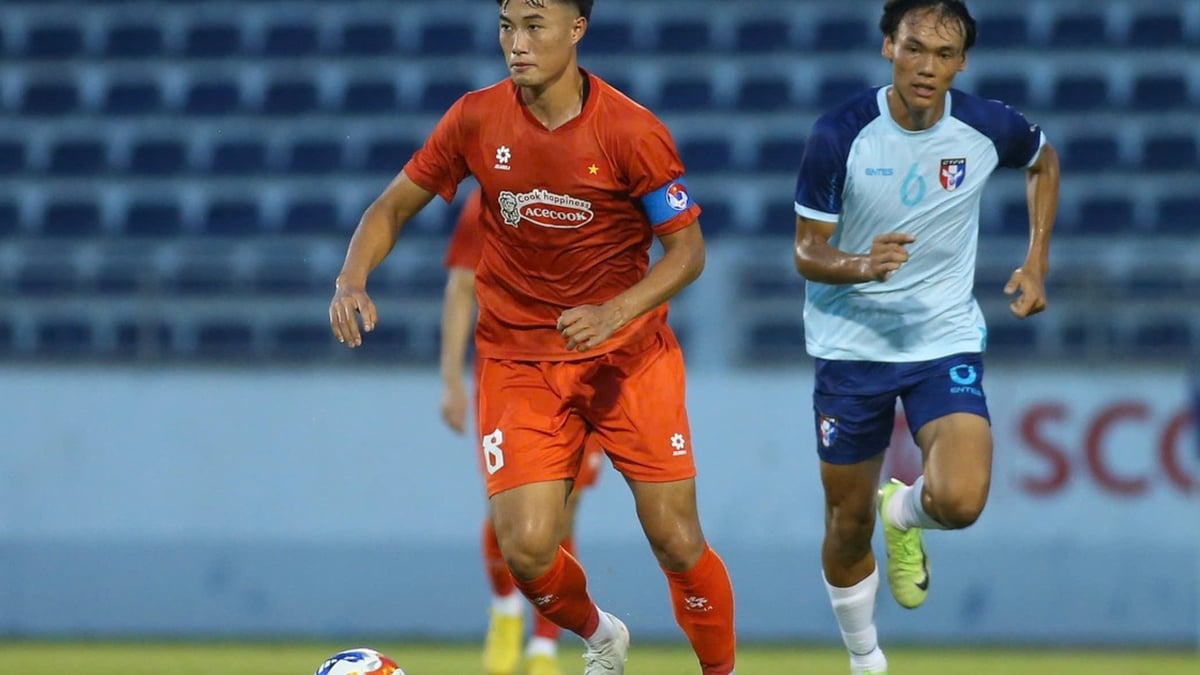
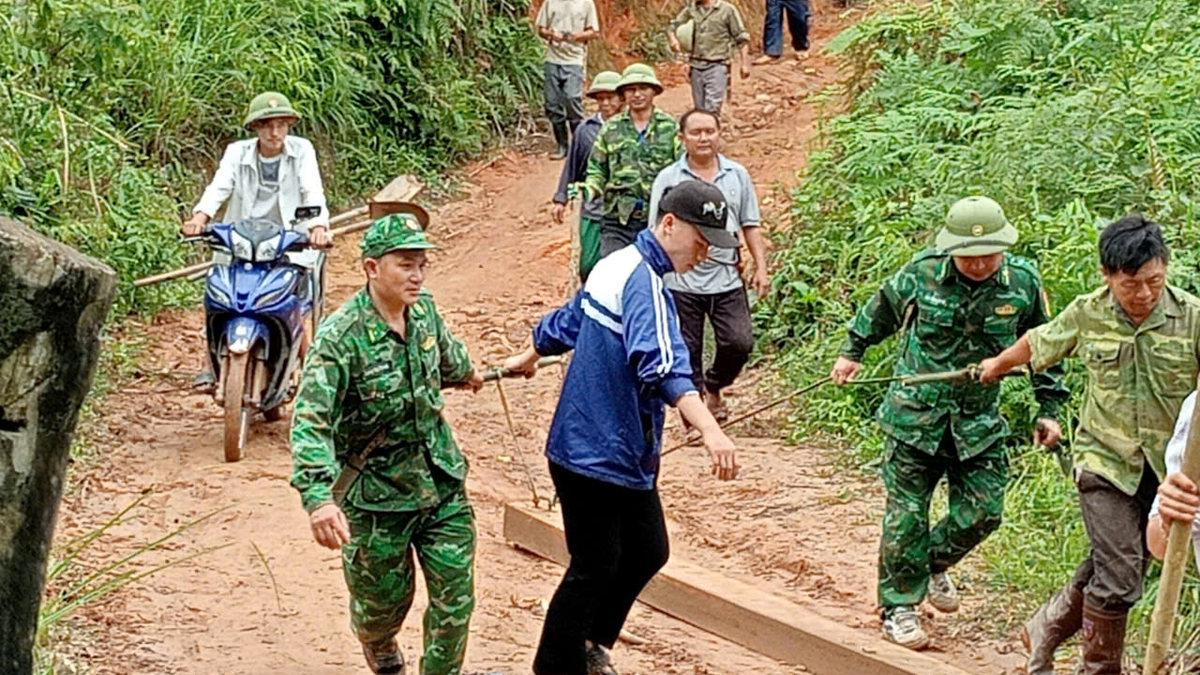
































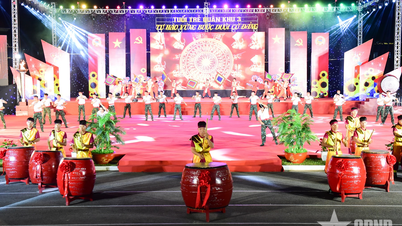

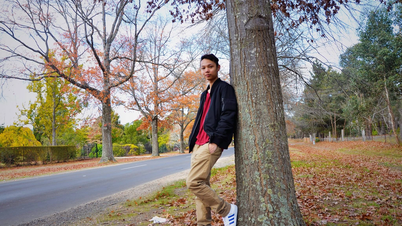

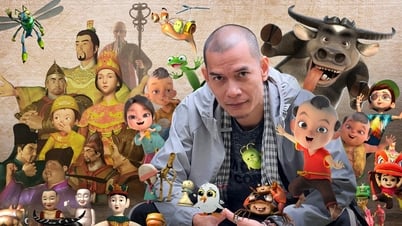











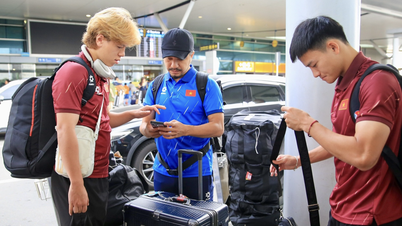



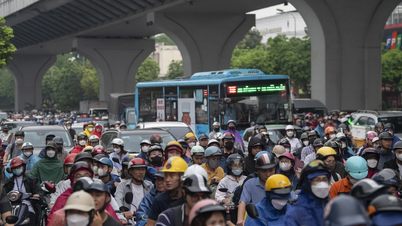



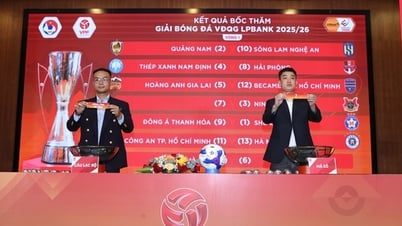





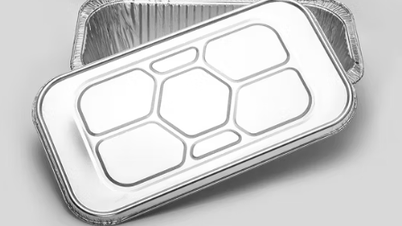


























Comment (0)